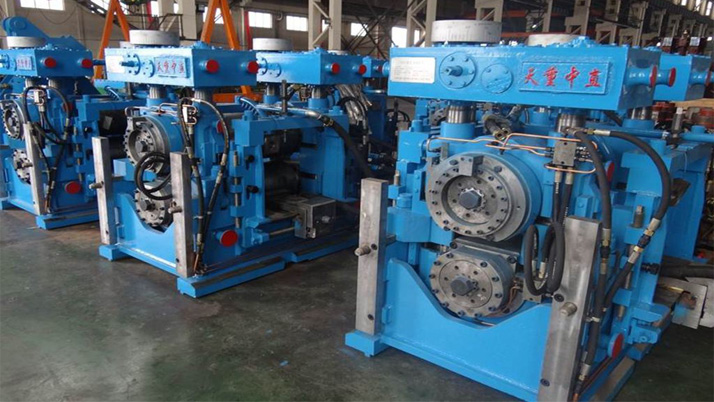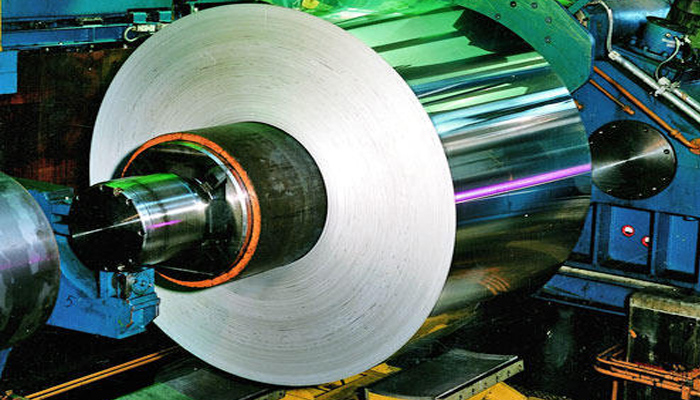Home > News& Media >> News
The Processes Of Cold Rolling
DATE:4/11/2019 HIT:997 SOURCE: AUTHOR:
Both cold rolled and hot rolled steel start out as large steel slabs or billets cast from hot liquid metal. The billets are then heated, eventually reaching over 1700°F. At this high temperature, they are easily flattened into a long sheet using a set of rollers, and then wound up into large coils. To make bars or plates, the heated billet is rolled to the desired thickness and cut into sections before cooling.As the rolled or cut steel cools to room temperature, it shrinks slightly, making the final dimensions of each piece less exact and the edges somewhat rounded. The surface is slightly rough and covered in scale. At this point, hot rolled steel products are ready for shipment, and require no further treatment.
But cold rolled steel products are destined for further processing after the steel has cooled. Cold rolling is most often used to decrease the thickness of plate and sheet metal in the manufacturing stage. This “cold forming” occurs either by re-rolling at around room temperature and then coiling into sheet, or else drawing into bars or tubes. Additional steps such as drawing, grinding or turning create the desired finished product.





